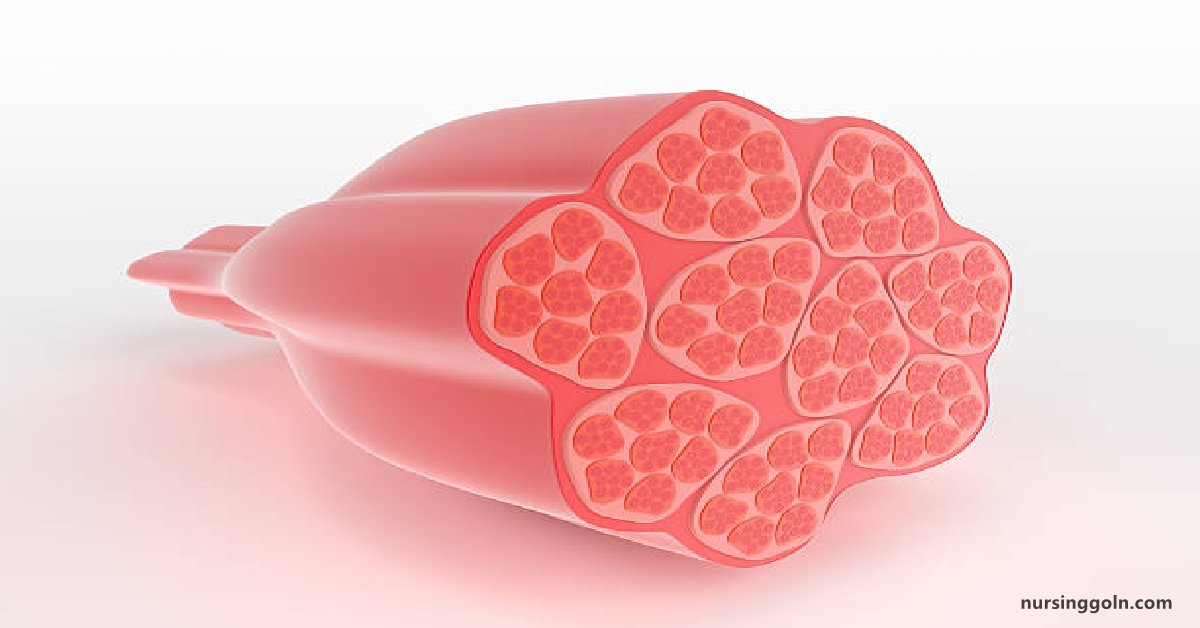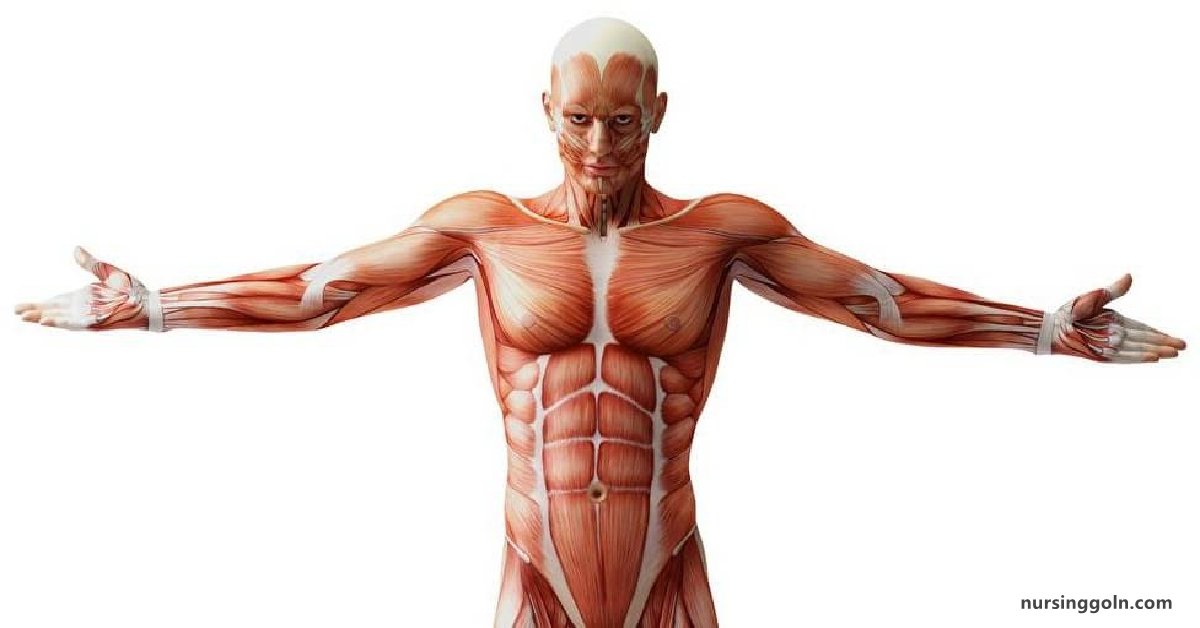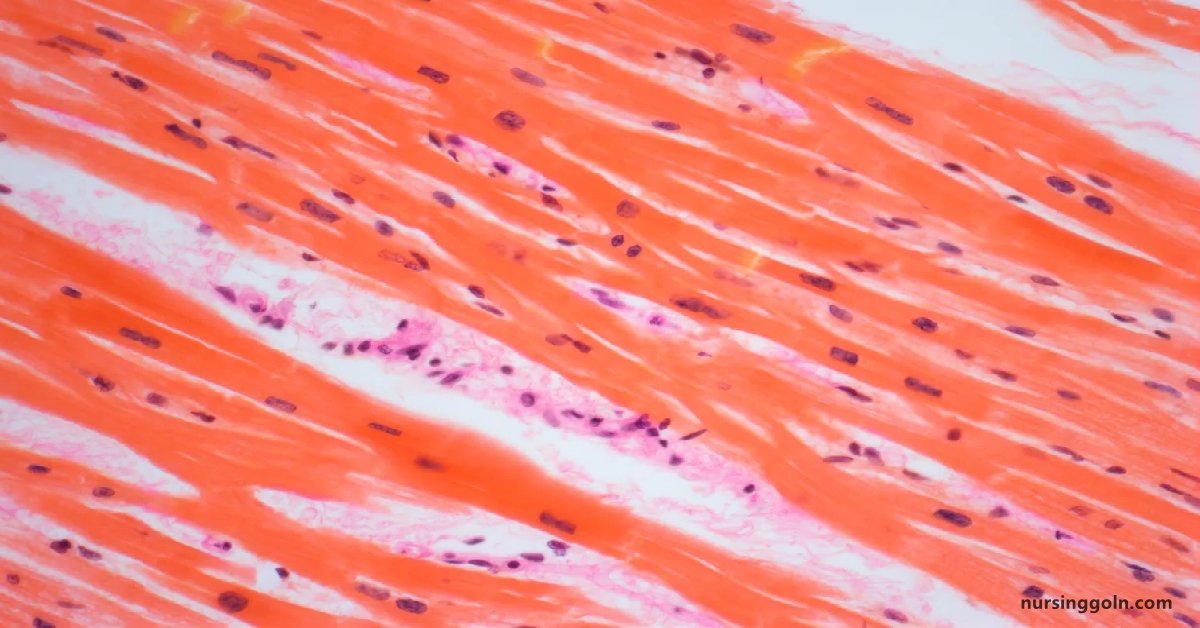Today our topic of discussion is ” Nervous System Control of Muscle Tension “. The dance between the nervous system and muscle tissue is a ballet of intricate precision. Every motion, be it intentional like reaching for a glass of water or reflexive like jerking a hand away from a hot stove, is governed by this relationship. To grasp the depth of human motor functions, it’s crucial to understand how the nervous system regulates muscle tension. This article will explore this profound interaction.

Nervous System Control of Muscle Tension: Human Muscle Tissue
The Foundation: Neuromuscular Junction
Every muscle fiber in the body is innervated by a nerve ending, forming what’s known as a neuromuscular junction (NMJ). The NMJ is the synapse or communication point between the motor neuron and the muscle fiber. It plays a pivotal role in translating neural signals into muscular action.
1. Signal Transmission: When an action potential travels down a motor neuron, it reaches the NMJ and triggers the release of the neurotransmitter acetylcholine (ACh). ACh binds to receptors on the muscle fiber’s membrane, leading to an influx of sodium ions and the generation of an action potential in the muscle fiber.
2. Termination: Acetylcholinesterase, an enzyme located in the NMJ, breaks down ACh. This termination is essential to prevent continuous muscle contraction and allow for the precise control of muscle tension.
Motor Units and Graded Muscle Responses
A motor unit consists of a motor neuron and all the muscle fibers it innervates. The size of a motor unit (i.e., the number of muscle fibers it controls) can vary. Small motor units, found in muscles requiring fine control like the fingers, might control only a few fibers. In contrast, large motor units, found in muscles used for broader movements like the thigh, can control hundreds of fibers.
1. All-or-none Principle: When a motor neuron sends a signal to the muscle fibers in its motor unit, all those fibers will contract. They don’t have a halfway point – it’s an all-or-nothing response.
2. Graded Muscle Responses: Despite the all-or-none principle, our muscles can produce varying degrees of force. This is due to graded muscle responses, which depend on:
- Frequency of Stimulation: A single neural stimulus produces a single contractile response or twitch. Repeated stimuli can lead to a sustained contraction known as tetanus.
- Strength of Stimulation: Stronger stimuli activate more motor units in a process called recruitment. The more motor units recruited, the stronger the contraction.
Influence of Muscle Stretch and Length
Muscle fibers have an optimal length where they can generate the maximum force. Too much stretch or too little slack, and the muscle can’t produce its maximum force.

The Reflex Arc and Muscle Tone
Even when relaxed, muscles exhibit a slight tension known as muscle tone. This is due to spinal reflexes that result from the activation of stretch receptors in muscles.
- Stretch Reflex: This reflex helps maintain optimal resting length. If a muscle is stretched, the reflex causes it to contract, resisting the stretch.
- Golgi Tendon Reflex: Contrary to the stretch reflex, this reflex inhibits muscle contraction. When a muscle contracts with too much force, Golgi tendon organs are activated, inhibiting further contraction and preventing potential damage.
Pathologies Affecting Neuromuscular Control
Dysfunction in the communication between nerves and muscles can lead to various disorders:
- Myasthenia Gravis: An autoimmune disease where antibodies attack ACh receptors, weakening muscle contraction.
- Botulism: A bacterial toxin prevents ACh release, leading to muscle paralysis.
- Tetanus: Another bacterial toxin that blocks inhibitory neurotransmitters in the spinal cord, leading to prolonged muscle contractions.

Impact of Drugs and Toxins
Many drugs and toxins target the NMJ. For instance, curare is a poison that blocks ACh receptors, leading to paralysis. On the other hand, anticholinesterase drugs boost muscle strength by preventing ACh breakdown, beneficial for conditions like Myasthenia Gravis.
Central Nervous System Control
While much of the discussion has focused on peripheral mechanisms, the brain and spinal cord play central roles. Upper motor neurons in the brain’s primary motor cortex initiate voluntary muscle contractions. Descending pathways from the brain regulate spinal reflex arcs, ensuring coordination and balance.
Conclusion
The control of muscle tension by the nervous system is a testament to the body’s intricacy and sophistication. This orchestra of signals, reflexes, and cellular interactions ensures our ability to move, react, and engage with the world around us. Understanding this symphony provides insight into the wonders of human physiology and the myriad ways it can go awry, emphasizing the importance of both systems in our daily lives.

Read more:
